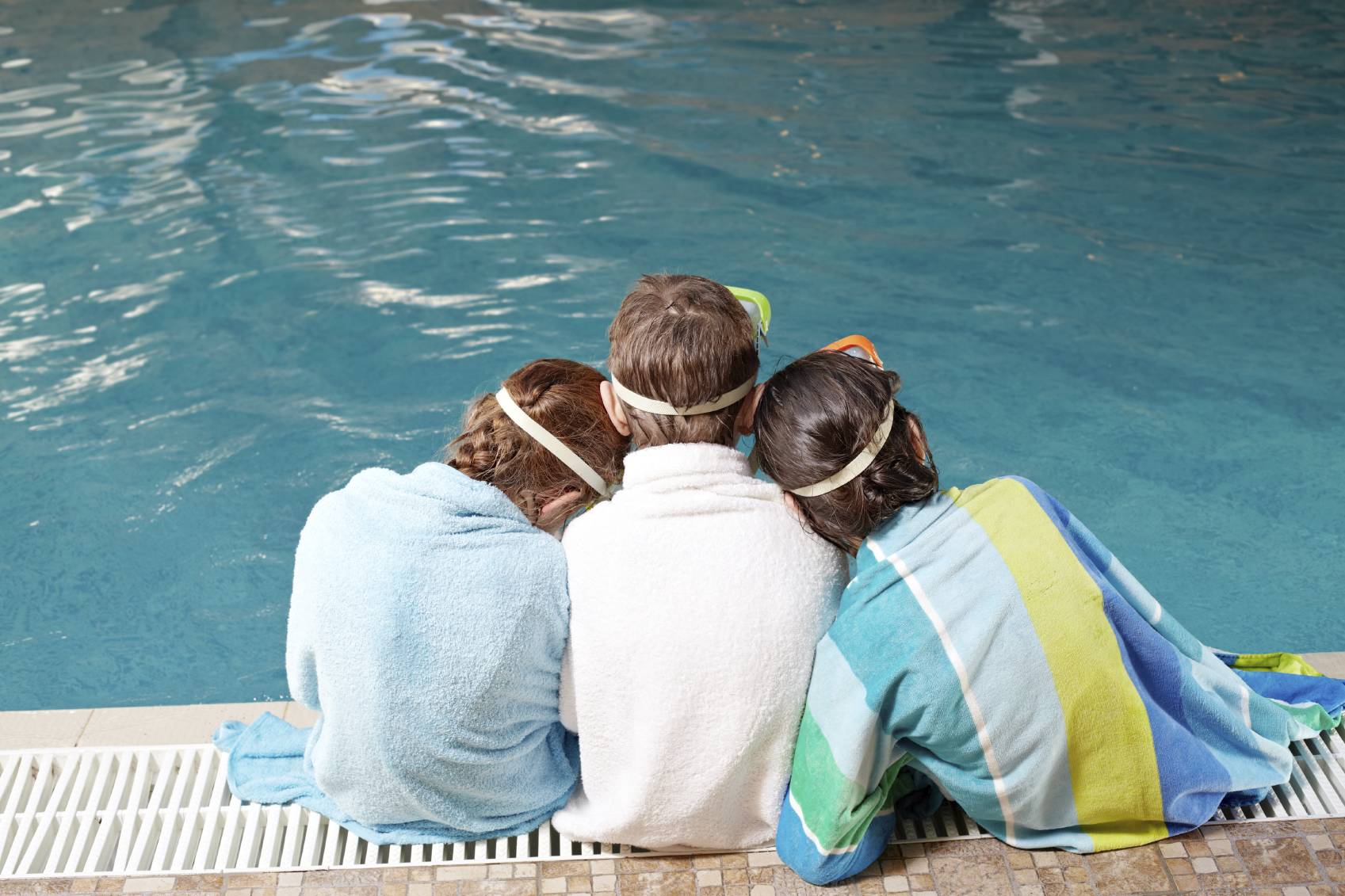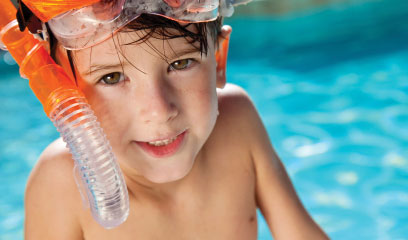 Summertime is for sunshine and swimming. To keep water recreation fun, it’s important to remain safe. Recent incidents of secondary drownings have drawn attention to the lesser-known phenomenon. While uncommon, understanding the causes and symptoms can help prevent a tragedy.
Summertime is for sunshine and swimming. To keep water recreation fun, it’s important to remain safe. Recent incidents of secondary drownings have drawn attention to the lesser-known phenomenon. While uncommon, understanding the causes and symptoms can help prevent a tragedy.
What is secondary drowning?
A severe drowning — the most familiar kind — can occur within minutes as water fills airways and the body is deprived of oxygen. In contrast, secondary drownings can develop hours after the fact and without water remaining in the airways. It is a secondary injury — something caused by a drowning incident, but separate from it.
“It’s is a very mild form of drowning,” says Dr. Linda Quan, national drowning expert and pediatric emergency specialist at Seattle Children’s Hospital. “You take in a bit of water and sputter and cough, but seem OK shortly thereafter. Over time, a reaction develops in the lungs. The water itself is gone, but the lungs become inflamed. There is a change in blood flow that impacts the lung sacs.”
Quan likens the experience to a severe case of asthma. Secondary drowning commonly presents 5–8 hours after the initial incident.
“It’s the same as if you were choking on an object and couldn’t get enough oxygen,” says Shawneri Guzman, coordinator for Safe Kids Snohomish County in partnership with Providence Regional Medical Center. “You really aren’t dying from drowning so much as asphyxiation.”
Secondary drowning symptoms
Most symptoms involve irregular breathing: trouble catching one’s breath, feeling winded without exertion, breathing too quickly or panting and excessive coughing. Inadequate oxygen can cause unexplained tiredness or unusual behavior such as disorientation or slurred speech.
“It’s something that slowly builds. It’s not like having an allergic reaction where you’re fine one minute and in trouble the next,” Quan says. “Secondary drowning is incredibly unusual. Understand what to look for and just use common sense to address the problem.”
Other unusual occurrences should be noted and observed.
“There was a case in Washington a few years ago where the boy went home and became incontinent in the shower. He was older, so that was really unusual,” Guzman says. “Anything like that, which is out of the norm or doesn’t seem right, is a reason to seek medical attention.”
 According to Quan, symptoms will present in a reasonable timeframe and not days after the fact.
According to Quan, symptoms will present in a reasonable timeframe and not days after the fact.
Treatment
The gradual nature of secondary drownings allows ample time to seek medical help. Some national stories recount incidents of children dying in their beds. However, Quan reassures that it is extremely unlikely, and she has never encountered such a case.
“When a child develops a breathing problem for any reason, whether it’s swallowing a quarter to something water-related, parents are observant. Most parents do a great job of identifying a problem (before it escalates),” says Quan.
Emergency-room treatment often begins with observation and monitoring oxygen levels. Many children recover on their own. If not, they are given oxygen and a chest x-ray is sometimes needed, Quan says.
“For parents who are unsure and hesitant about an ER visit, this is why we have walk-in and urgent-care clinics,” Guzman says. “It’s a completely appropriate option if you need peace of mind. You could even call your pediatrician and possibly be seen the same day.”
Remember:
• Severe drowning is the second leading cause of unintentional injury deaths for children 1–14 years old, according to the Centers for Disease Control and Prevention (CDC). However, secondary drowning is a rare occurrence and unlikely to result in death.
• Only a small amount of water is needed to induce secondary drowning. An incident can be caused by time in open water, indoor pools or even a bathtub.
• Secondary drownings typically happen without water remaining in the airways. It is a reaction of the lungs following previous inhalation of water.
• Secondary drownings typically occur 5–8 hours after the initial incident.
• Symptoms include difficulty breathing such as coughing, wheezing, panting and shortness of breath without exertion. Lack of oxygen can also cause unexplained fatigue, unusual behavior, disorientation and slurred speech.
• If a concern arises, consider an urgent-care clinic if you’re hesitant about an ER visit.
READ NEXT: My Daughter Almost Drowned











